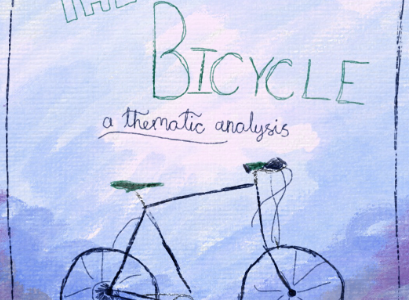Welcome back to my Quantum Mechanics series! This is my third post after “Taking A Look At Quantum Entanglement” and “Figuring Out The Heisenberg Uncertainty Principle”. Some of you may have heard of Schrödinger’s Cat before, but do you know what it is? In this article, I will explain the famous Schrödinger’s cat paradox and shine a bit more light on quantum entanglement – a true quantum phenomenon. Enjoy!
~~~~~
An important thing in our lives – the internet – works because of Austrian physicist and his imaginary cat.
The Schrödinger’s Cat Theory, is an experiment that has never been done… it is more like a thought. Austrian physicist, Erwin Shrödinger once came up with an idea: what if someone sealed a cat in a box with a radioactive substance that has a 50% chance of blowing up. After 1 hour, that person will get to open the box and examine the content. The cat would either be dead or remain alive. Before the person can see the contents of the box, he/she would not know whether the cat is alive or dead. However, according to the laws of quantum mechanics, while the box is sealed, the cat would be both alive and dead. The cat having more than one physical state is called superposition, and it is how most physicists think of particles before they measure them – that they exist in many different states, but when we look at it, they all collapse into only one of those states. This is called the Copenhagen interpretation, first introduced by physicist Niels Bohr. Schrödinger didn’t agree with that point of view and thought of this to prove that the thought of a particle having superposition was absolutely absurd. Like we know, a cat can’t be both dead and alive at the same time. However, various experiments have shown that Isaac Newton’s laws don’t apply to quantum world, so while quantum superposition may not work for cats, it does for particles.

So, where did the idea of quantum superposition come from? Well, as I have mentioned in my previous two articles, particles in the quantum world can be described as particles and waves. Wave Function basically describes all the possible states particles/waves can be in → position, momentum, and energy in general*. Without quantum superposition, the internet could not work. Here’s how. We can determine the way electrons move through clusters of atoms, because since they have particle-wave duality, when two atoms are close to each other, electrons can share atoms. This is how various chemical compounds like H2O is produced (refer to visual aid). The waves they are described as, due to their momentum, can show the way electrons move. Once we know how electrons move in materials, we can better control semiconductors such as silicon. If semiconductors are layered properly, they create transistors, which go into computer chips and power the devices we use every day. Looking at it from a large scale, the internet priorities we have today would not have been possible without one Austrian physicist and his imaginary cat.
The Schrödinger’s cat paradox can also be seen in another way – As the birth of quantum entanglement. Imagine doing the experiment again, but this time with two cats and two boxes. If we compare the two boxes, there would be a 25% chance for each of the 4 possible outcomes. Either both cats are alive, both cats are dead, the first cat is alive, the second one dead or the first one is dead the second one alive. However, according to the laws of quantum entanglement, we could eliminate two of the possible outcomes; both cats being alive and both cats being dead. That’s the beauty of quantum entanglement along with the fact that even if these two boxes got separated by a great distance, it would always be that one cat is dead and one is alive. Many physicists after Schrödinger expanded on Quantum Entanglement, which is why, now-a-days it is such a hot topic at quantum information centres, where the odd behaviour of particles are studied. Day by day, our world is starting to look a bit more like the quantum world, and who knows? Maybe one day, we’ll get another amazing breakthrough.
*As per the Heisenberg Uncertainty Principle

